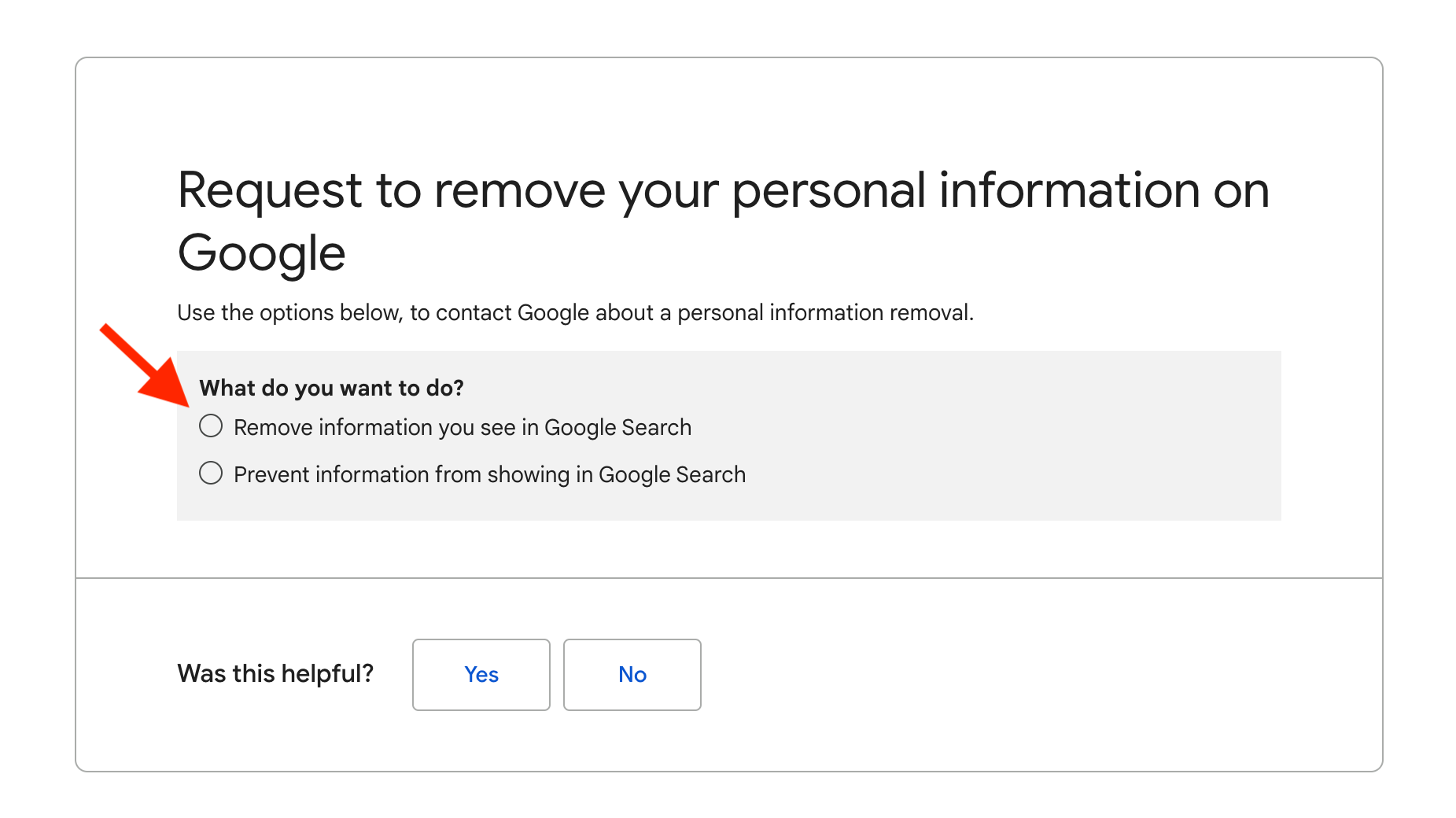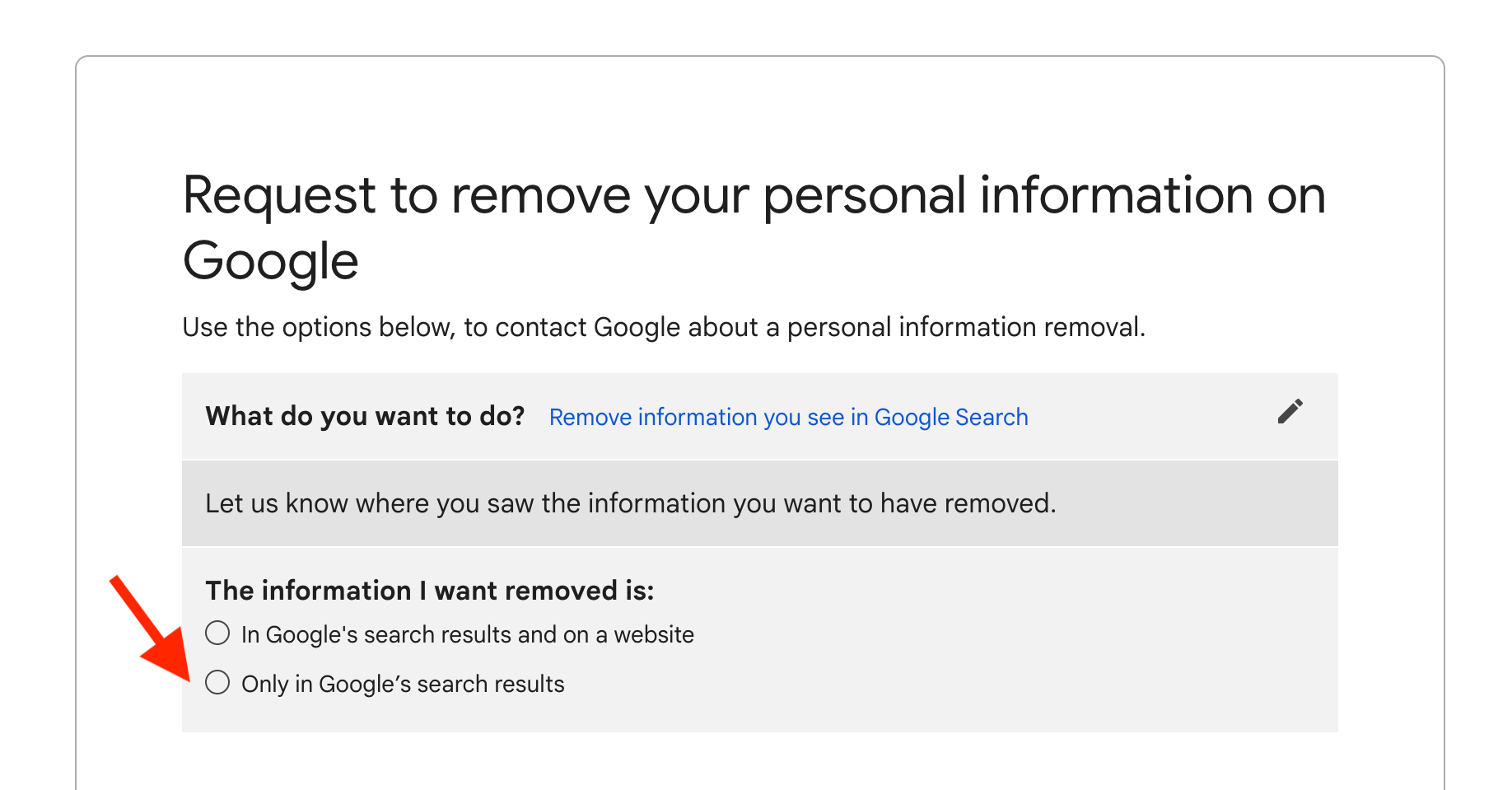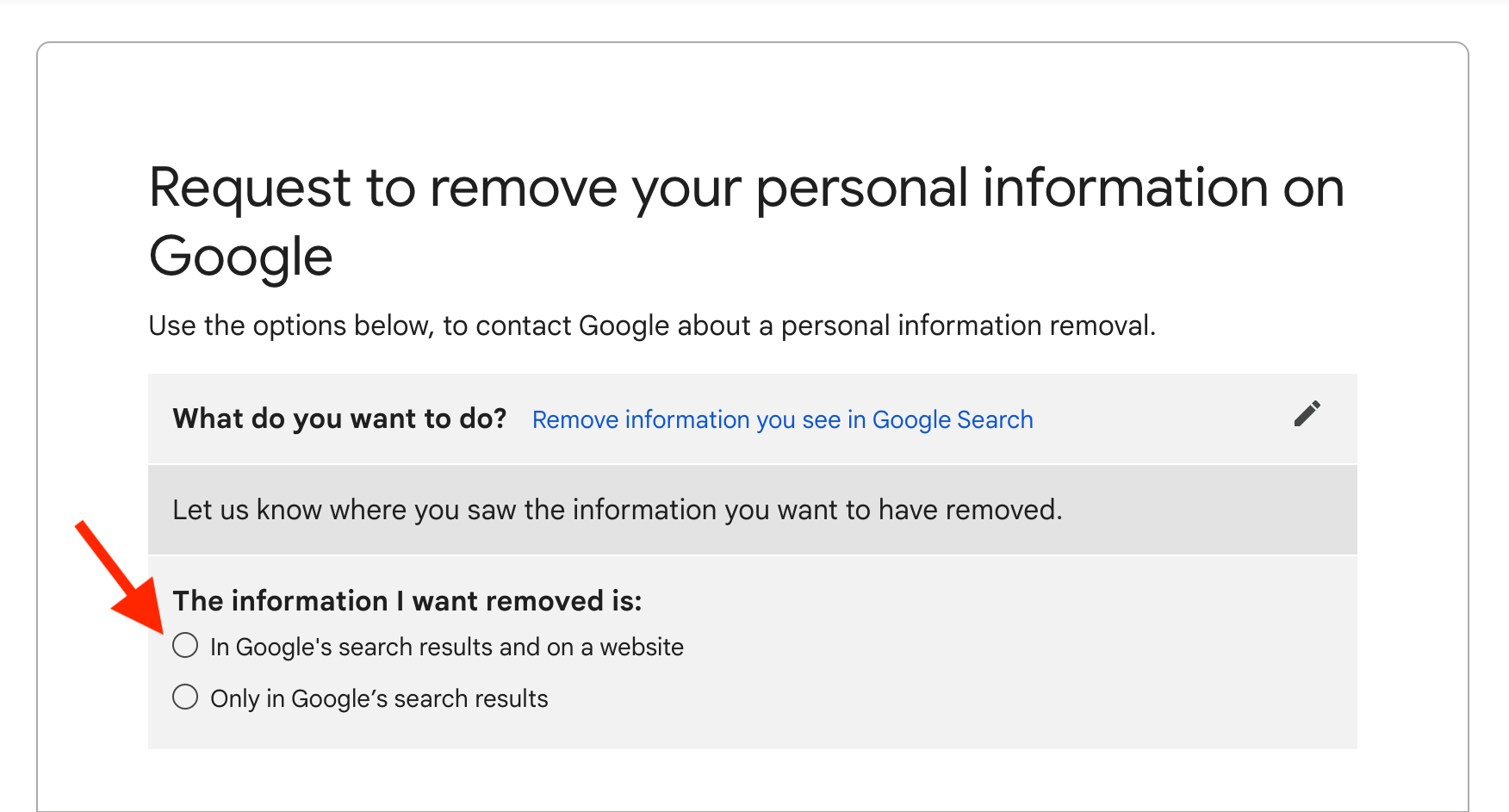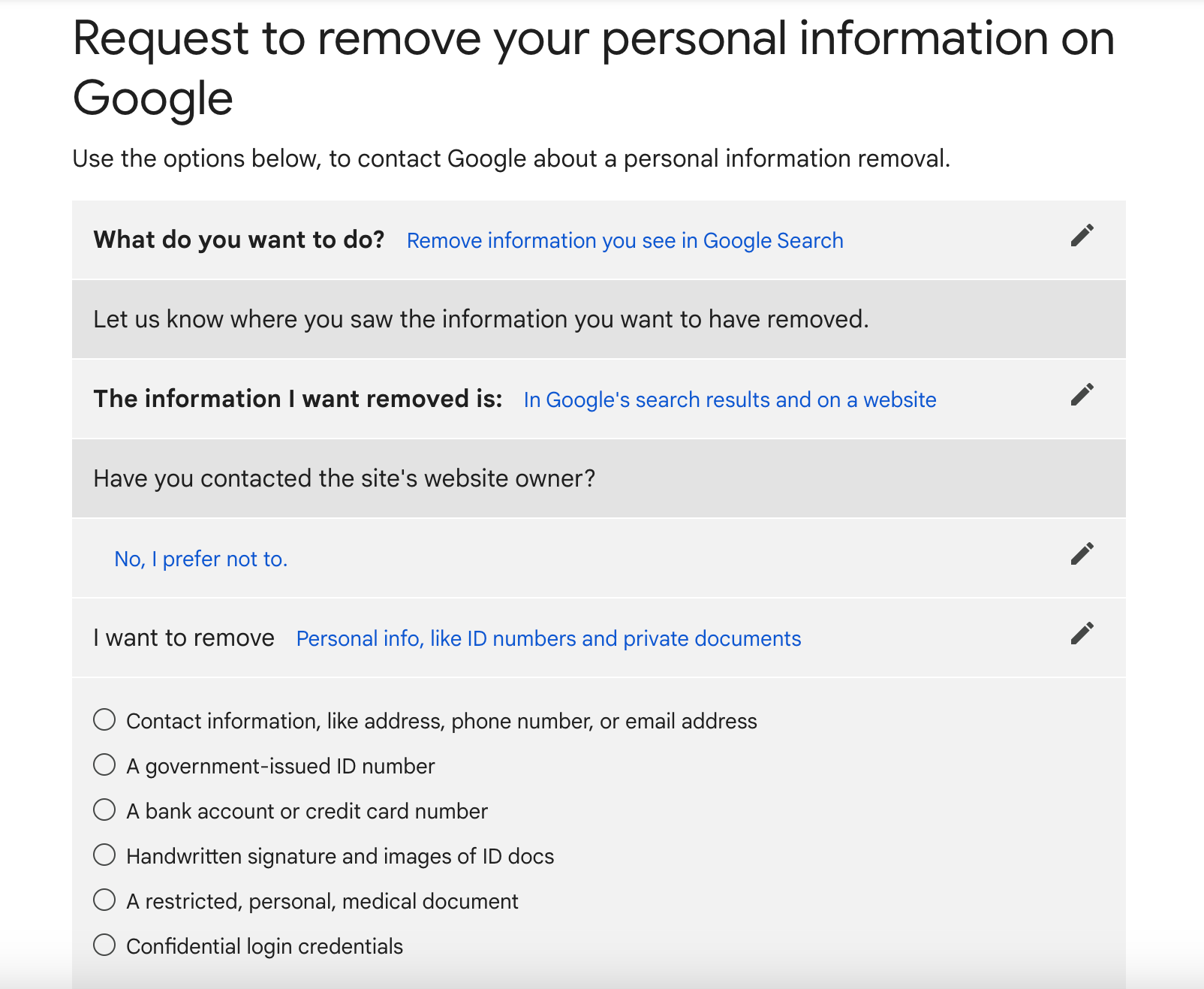How to Remove Your Personal Information from Google Search Results

Internet privacy and security have been major concerns over the years, especially with the endless list of cyberattacks across the internet.
For instance, the Asia-Pacific region recorded the highest number of cyberattacks in 2022. This has raised quite some concerns for both users of the web and social media. Also, the current issues around TikTok and the questions as to whether or not it should be banned have once again reaffirmed that privacy and security would always be top priorities on the Internet.
As an Internet user, you should be concerned about how search engines such as Google use your personal information, especially after several allegations of the search giant violating users' privacy by sharing with third parties search terms used in queries.
In this article, we will guide you on how to remove your personal information from Google search results, including outdated pages, content, and images.
- Go to the Google search results removal form
- Select 'Remove information you see in Google Search.'

3. Select 'Only in Google’s search results.'

4. You can then 'Request to remove outdated web pages' and/or 'Request to remove outdated images', and follow the instructions on the page.
5. If you select Request to remove outdated web pages, click on the Request removal button, and select New request.

6. On the 'Page' tab, enter the URL (web address) of the page that has the outdated content you want to remove.
7. Select Submit.
8. If you select Request to remove outdated images, click on the Request removal button

9. Search for the image you want to remove at images.google.com. In search results, right-click the image thumbnail and choose Copy link address
10. Select New request > Image
11. Select Enter “Copy link address” URL from Image Search results.
12. In the “Search results URL” box, paste the link address, and select Submit.
How to Delete Your Personal Information from Google Search
But before you begin the process of removing your information from Google, you need to first identify what Google needs from you to process the removal request. Google allows you to remove personal information such as confidential government ID identification numbers, bank account numbers, images of ID documents, as well as contact information, like phone numbers and email addresses.
- Go to the Google search results removal form
- Select 'Remove information you see in Google Search.'
- Select 'In Google’s search results and on a website'

4. If you have contacted the site's owner, select Yes. If you wish to contact the site's website owner, select No, how do I do that? so that Google will guide you on how to do so. Otherwise, you can click No, I prefer not to contact the website host and just move on with the form.

5. Then, select 'personal info, like ID numbers and private documents'
6. Select the kind of personal information that you want to be removed
7. Then, fill out the form providing all the relevant information required and useful for the removal request.
8. Once you’re done, check the signature form at the bottom of the form and click Submit.
Note: You will have to provide all of the web addresses where you have found your information. That can mean both the web address of the webpage that has your information — and the web addresses of the Google search results page. You may also have to take and submit screenshots of search results to help Google narrow down the request to you. You can submit up to 1,000 web addresses at a time.
Conclusion
Google’s personal information removal request feature will not automatically remove your personal information from the websites your data is hosted on, but it would sure make it more difficult for others to discover the data without the aid of Google’s search algorithm.
And if your request gets denied, you can always re-submit it again using additional materials.






